Types of Brick Façade Layouts-Exploring 12 Masterpieces of Brick
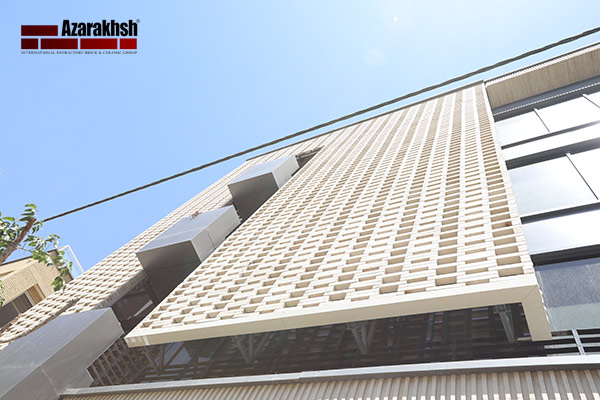
Brick, an ancient and nostalgic element, has played an irreplaceable role in architecture over time. With its delicacy and durability, it has breathed life into structures. But the story of brick does not end with simple wall-building; the artistic arrangement of these colorful gems brings a new spirit to façades, giving each building a unique identity.
In this article, we embark on a journey into the fascinating world of brick façades, discovering various brick-laying patterns—each adding its own distinct charm to a façade. From the grandeur of the “Herringbone” pattern to the delicacy of the “Basket Weave” and the modernity of the “Stepped” layout, every design tells its own story and opens new doors to creativity.
Herringbone/Zigzag Bond
A classic masterpiece of staggered bricklaying with a zigzag appearance reminiscent of ancient times. In this method, bricks are placed at 90-degree angles to each other, creating a distinctive pattern for walls or floors.
Fakhr o Madin Brickwork
A combination of geometry and beauty, this style features hexagonal or diamond-shaped perforations that evoke the charm of traditional Iranian architecture.
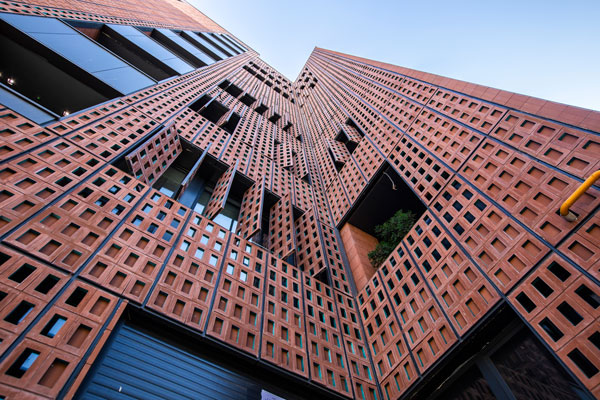
Half-Brick Bond
One of the most popular layouts, this pattern creates a balanced look by placing each brick in the center of the brick below it, resulting in a calm, orderly façade.
Dutch Bond (Kalleh-Rasteh)
A playful mix of brick headers and stretchers (short and long faces) arranged side by side, producing a lively and dynamic appearance.
Basket Weave / Diagonal Basket
Resembling woven baskets, this layout gives the façade intricate twists and elegance. Bricks are grouped vertically and horizontally, creating a sense of order and refinement. This pattern is used for both façades and flooring, often with pairs of bricks arranged alternately.
Stack Bond
A simple yet strong design where bricks are stacked directly over one another, forming a unified, grid-like look.
Projection Brickwork (Hasht-o-Gir)
By alternating protruding and recessed bricks, this method plays with light and shadow, creating a three-dimensional effect on the façade.
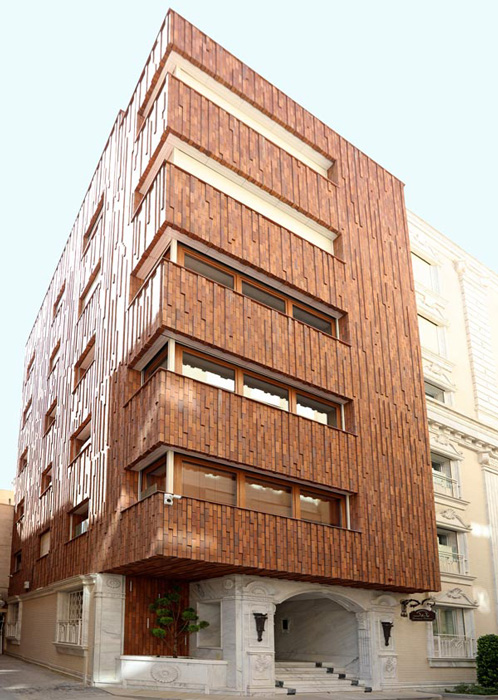
Stepped Brick Bond
A fluid and dynamic arrangement where bricks are laid in curved or wavy steps, adding motion and liveliness to the façade.
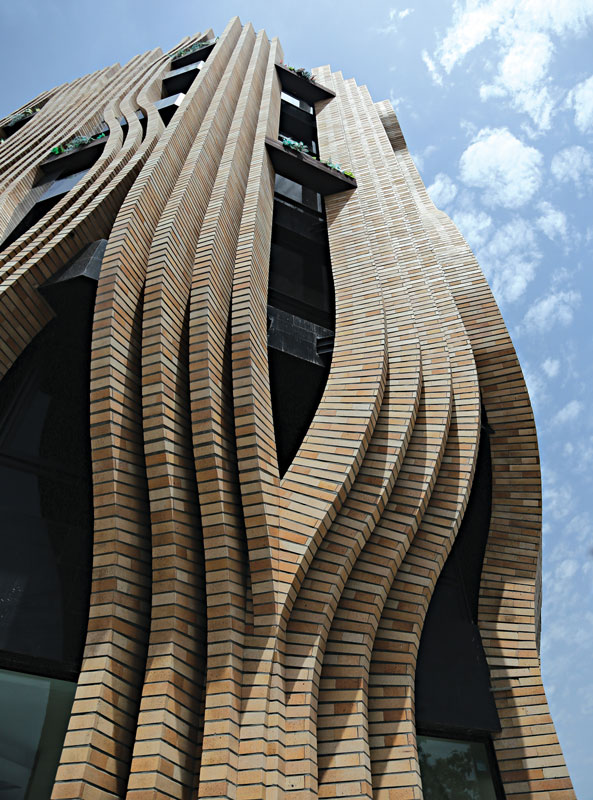
Perforated / Lattice Brickwork
This design features intentional gaps between bricks, allowing for air circulation while adding visual appeal and reducing moisture buildup.

Traditional Lattice Brickwork
An enduring element of Iranian architecture, this method often uses polygonal or diamond-shaped openings, seen in historical cities like Isfahan, Kashan, Yazd, and Hamedan.
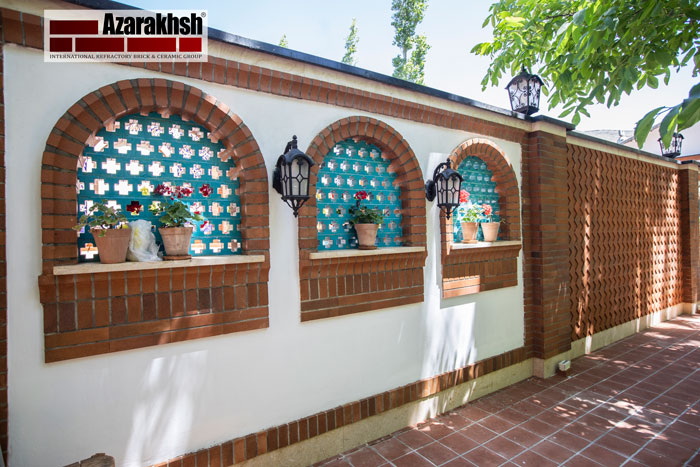
Louvered Brickwork
Longer bricks are laid in a way similar to louvers, often placed horizontally to provide partial shading and unique aesthetics.
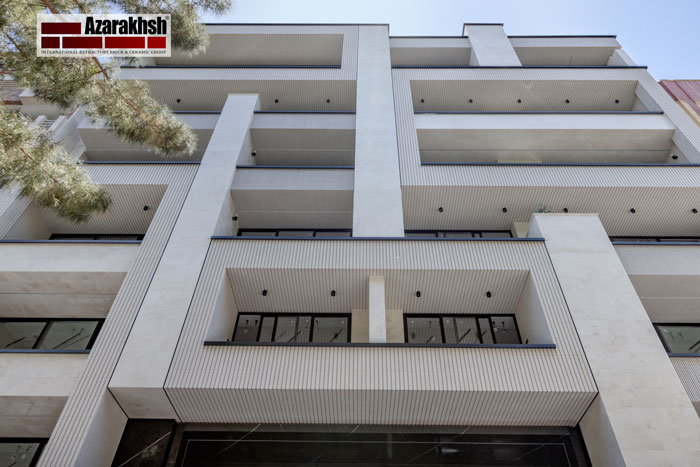
Modern Brick Façade
A fusion of art and engineering, this contemporary style uses advanced techniques and creative ideas to produce unique, visually striking façades that combine beauty, functionality, and durability.
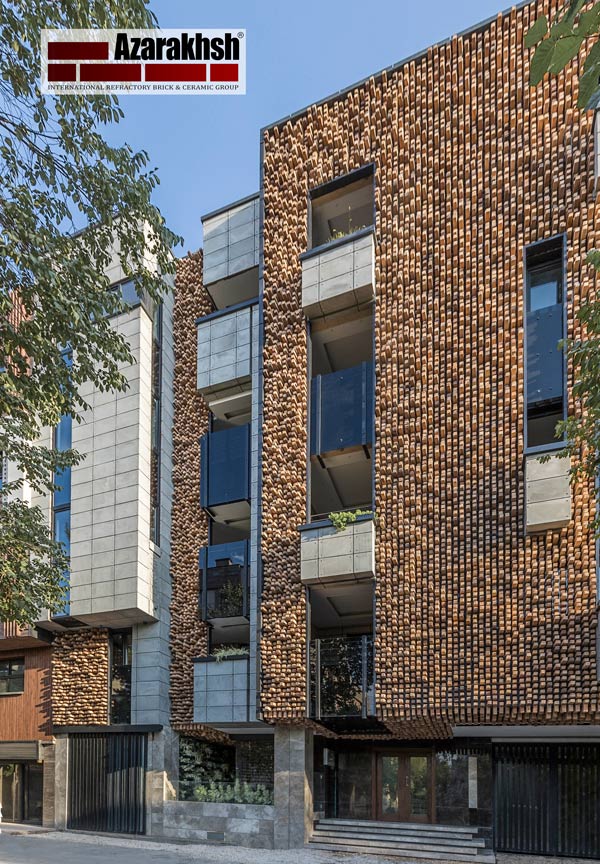
Conclusion
Brick façades offer an endless world of creativity and beauty, each arrangement lending a distinct identity to a building. The right choice of pattern—based on architectural style, taste, and functional needs—plays a key role in creating a visually impressive and lasting design.
In this article, we explored 12 brick-laying methods, each telling its own story: from the majesty of “Herringbone” to the elegance of “Basket Weave” and the modernity of “Stepped” patterns. Inspired by this diversity and artistry, we can take steps toward enhancing architectural beauty and identity, creating buildings that stand out like shining jewels across city skylines.
All featured project samples were executed using Azarakhsh refractory facing bricks.






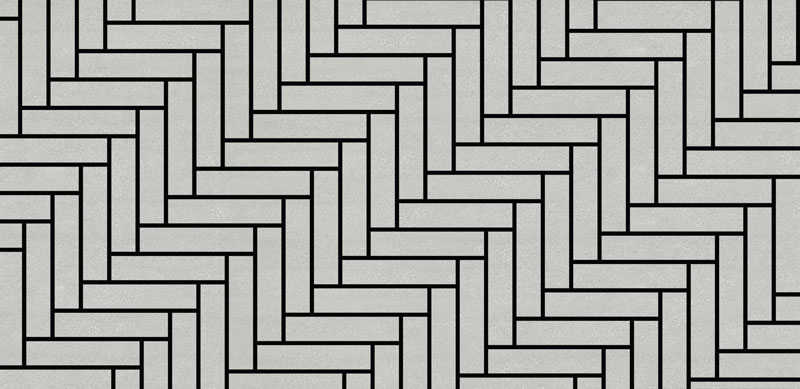
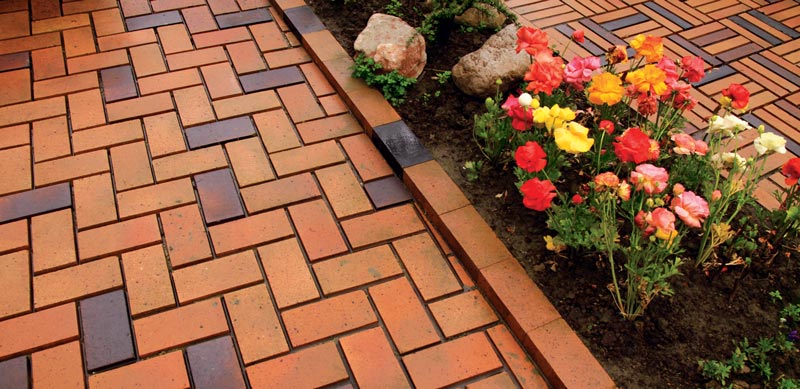

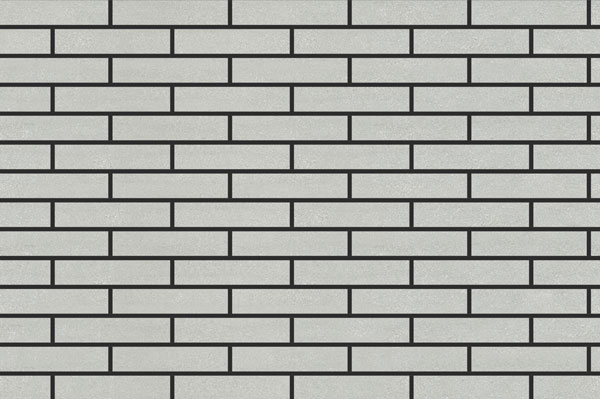
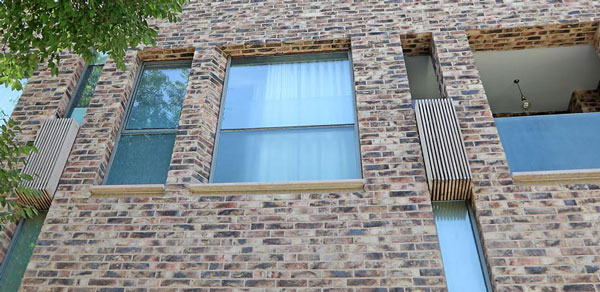
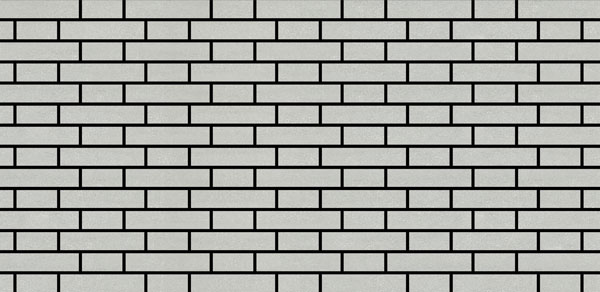

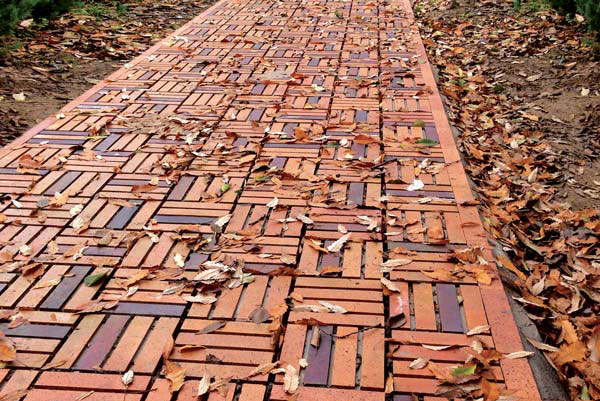
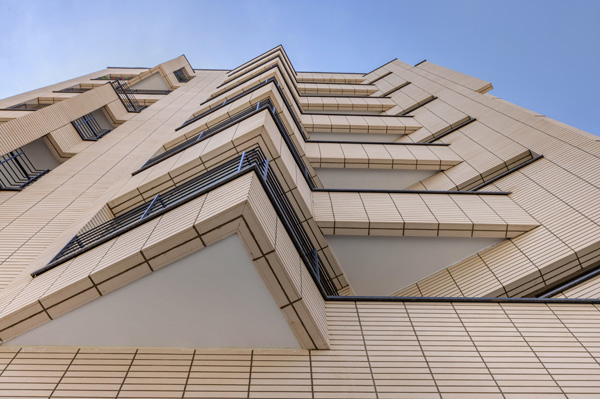
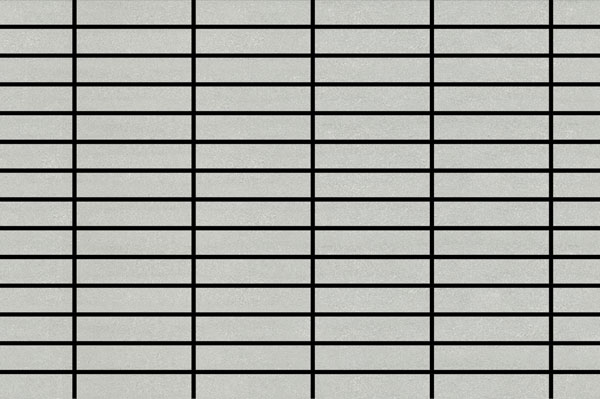
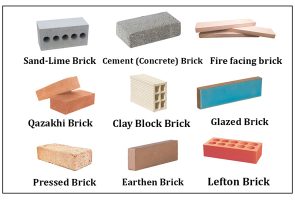
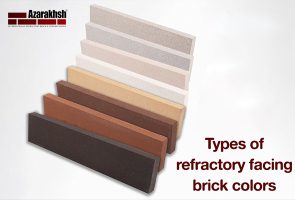
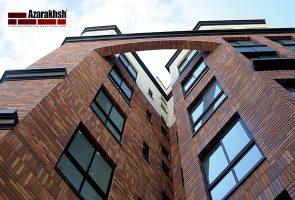

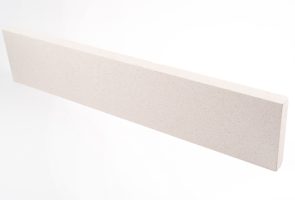
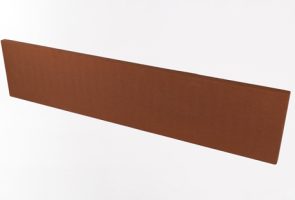

Comments
Your feedback is important to us. Please share comments or ask questions you haven’t found the answer to yet.